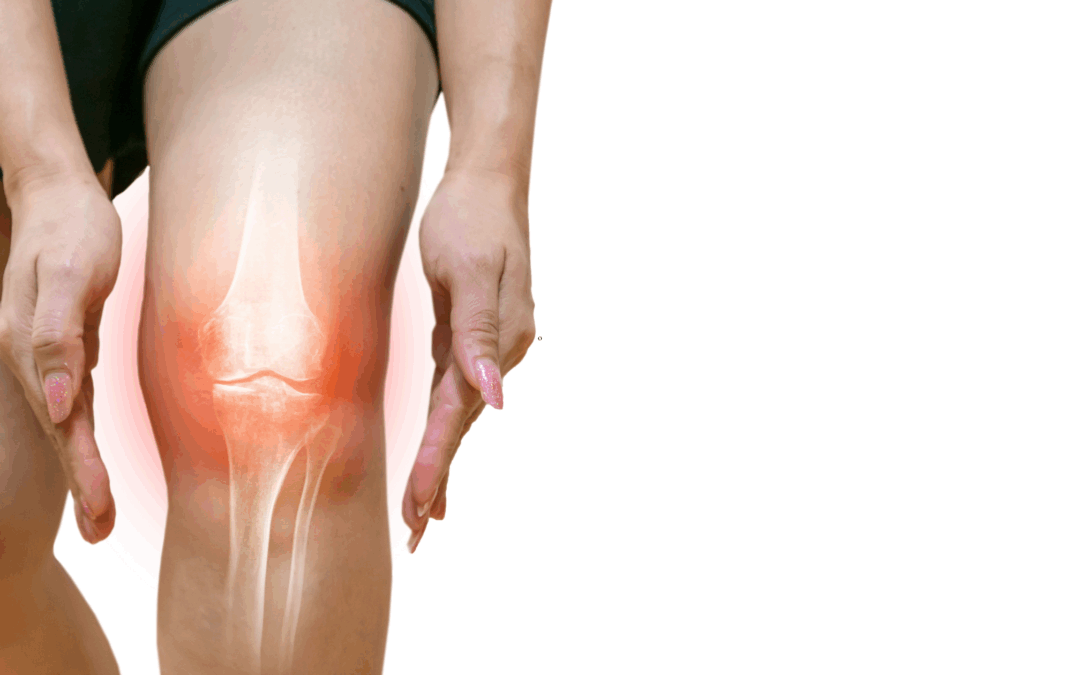Exploring Advanced Regenerative Options for Long-Term Recovery
Tendon injuries—like those affecting the Achilles, rotator cuff, or elbow—are notoriously slow to heal. Traditional treatments such as rest, physical therapy, or anti-inflammatory medications can help, but many patients continue to experience pain or limited movement long after the initial injury. Fortunately, advances in regenerative medicine have introduced new options that go beyond symptom relief and target the underlying issue: tissue repair. Two of the most promising therapies are Shockwave Therapy and Cell Therapy.
Understanding Tendon Injuries
Tendons are thick, fibrous tissues that connect muscle to bone. Because they have limited blood supply, they heal more slowly than muscles or skin. Repetitive stress, overuse, or a sudden injury can lead to conditions like tendinitis (inflammation) or tendinosis (chronic degeneration). Without proper treatment, these issues can become chronic, causing long-term pain and reduced function.
What Is Shockwave Therapy?
Shockwave Therapy, also known as Extracorporeal Shockwave Therapy (ESWT), uses targeted sound waves to stimulate healing in damaged tendons. The high-energy pulses increase blood flow, break up scar tissue, and trigger the body’s natural repair processes.
Benefits of Shockwave Therapy:
-
Promotes new blood vessel formation for better nutrient delivery.
-
Stimulates collagen production, which strengthens tendon fibers.
-
Reduces chronic inflammation and pain sensitivity.
-
Helps restore normal tendon structure and function over time.
Shockwave therapy is non-invasive, performed in the clinic, and requires little to no downtime—making it a valuable option for athletes and active individuals.
What Is Cell Therapy?
Cell Therapy involves the use of biologic materials—such as platelet-rich plasma (PRP) or stem cells—to enhance the body’s own regenerative capabilities. These cells release growth factors and signaling molecules that promote new tissue formation and accelerate repair.
Types of Cell Therapy Used for Tendon Healing:
-
Platelet-Rich Plasma (PRP): Concentrated platelets from the patient’s own blood are injected into the injured tendon, releasing growth factors that encourage healing.
-
Stem Cell Therapy: Stem cells, often derived from bone marrow or adipose tissue, have the unique ability to transform into various types of cells, including tendon-like tissue.
Both options are minimally invasive and can be performed in an outpatient setting.
The Power of Combining Therapies
Recent research and clinical experience suggest that combining Shockwave and Cell Therapy may offer enhanced results. Shockwave treatment prepares the injured area by improving blood flow and breaking down scar tissue, creating an ideal environment for cell-based treatments to work more effectively. Together, they can:
-
Accelerate tissue regeneration
-
Reduce chronic pain
-
Improve tendon elasticity and strength
-
Shorten overall recovery time
This combination approach may be especially beneficial for chronic tendon injuries that haven’t responded to standard therapies.
What to Expect During Treatment
Treatment plans are individualized based on the location and severity of the injury. Typically:
-
Shockwave sessions are performed weekly for several weeks.
-
Cell therapy injections are done under ultrasound guidance for precision.
-
Most patients experience gradual improvement in pain and mobility over the following weeks and months.
Your healthcare provider will design a comprehensive plan that may also include physical therapy and activity modification to support long-term tendon health.
A Regenerative Path to Recovery
If you’ve been living with a stubborn tendon injury that hasn’t responded to rest or conventional care, Shockwave and Cell Therapy may offer the next step in your recovery journey. By addressing the root cause—tissue damage—these advanced treatments help your body heal naturally and more effectively.
Always consult with a healthcare provider at SDOMG to determine whether regenerative therapies are right for your specific condition and overall health goals.
